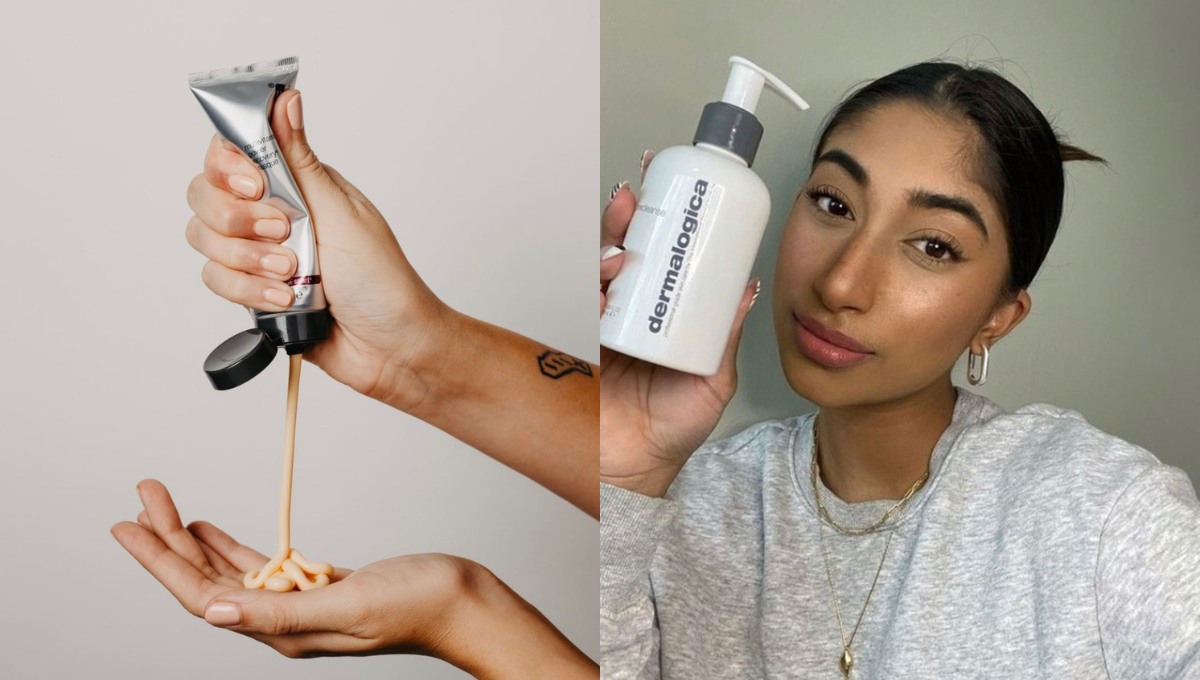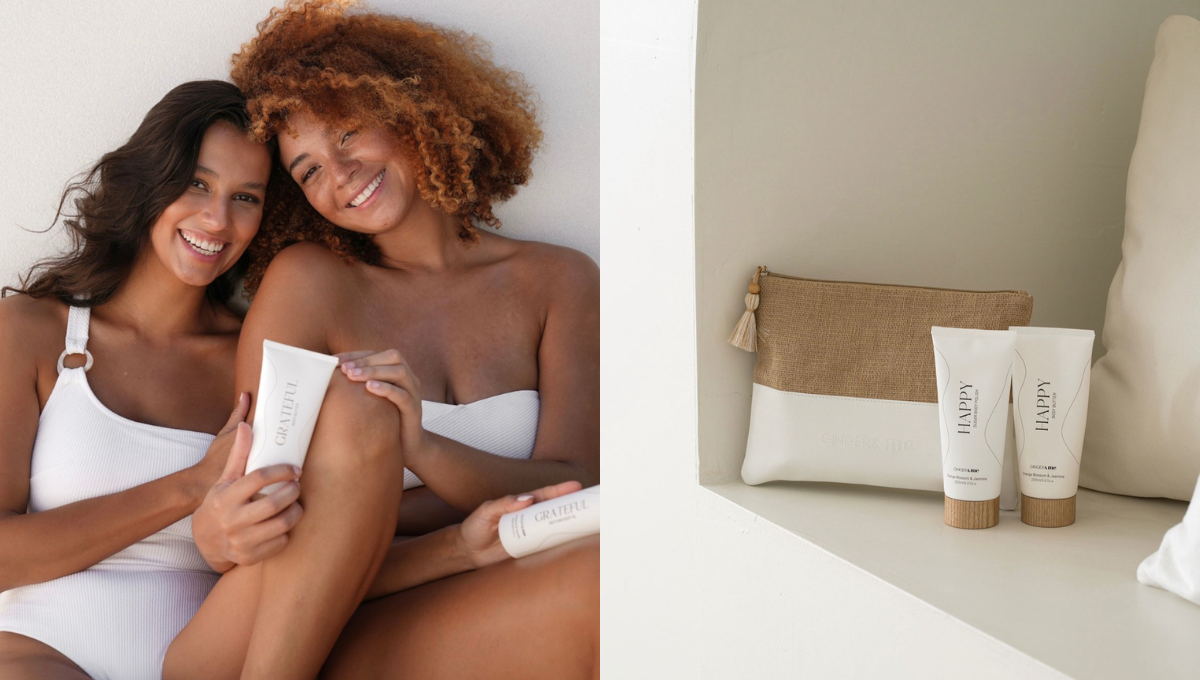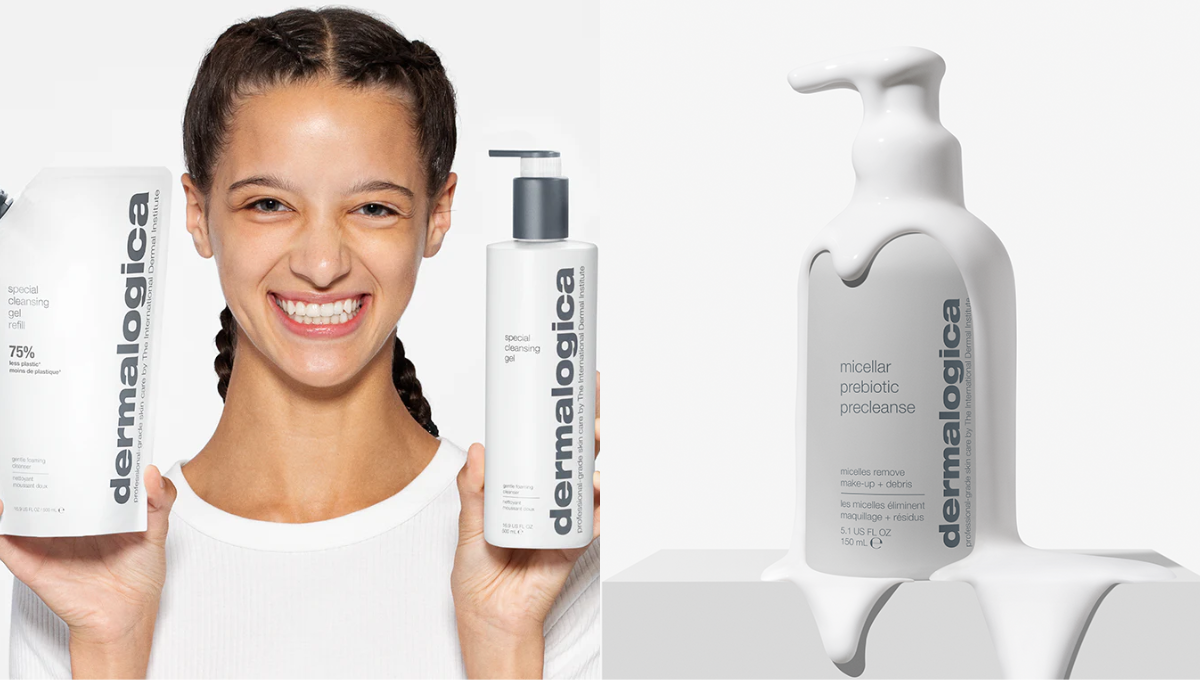
Here comes the sun...
In Australia it’s a reality that two in three Australians will be diagnosed with skin cancer by the age of 70 and that sadly, 2000 people will die in Australia of skin cancer every year. The health bill alone of treating skin cancers comes in around one billion dollars every year.
In November, the cancer council and the Australasian College of Dermatologists came together to remind Australians to use the five forms of sun protection rule.
At prodermal, it was a good reminder for us to remember this rule and to reassess our own skin.
When was the last time you had a full body assessment or skin check with your health professional? Do you keep a close eye on moles, freckles and changes in your skin? It is important to identify any changes in your skin so that you can seek professional medical advice for early detection.
Look for:
- Any crusty, non-healing sores.
- Small lumps that are red, pale or pearly in colour.
- New spots, freckles or any moles changing in colour, thickness or shape over a period of weeks to months and changes of dark brown colours to black, red or blue-black in colour.
The statistics from the Skin Cancer Council of Australia show that approximately 14% of adults, 24% of teenagers and 8% of children are sunburnt on an average summer weekend. In a country that has the highest incidence of skin cancers, we all need to more sun aware or “sun beware”. It’s not just when the sun is shining either, even on overcast days you can still get burnt. As for tanning, well it’s a sign that you have been exposed to enough UV radiation to damage your skin. Think of it like a scar! If you use self-tanners (fake tans), don’t be fooled in thinking they can protect you either.
Most of us will be familiar with the three forms of sun protection of slip, slop and slap but there is actually five:
1.SLIP on protective clothing
2.SLOP on sunscreen
3.SLAPon a hat
4.SEEK shade
5.SLIDEon some sunglasses
When looking for sun screen protection, there are a variety of options when it comes to sun care choice. There are two types of sunscreen ingredients, chemicaland physical.
The difference between chemical sunscreens and physical sunscreens is that
Chemical sunscreens absorb UV rays and contain ingredients like butyl methoxydibenzoylmethane or octyl methoxycinnamate, whilst physical sunscreens sit on the skins surface to scatter or reflect UV rays and contain ingredients like zinc oxide or titanium dioxide.
Broad spectrum sunscreens contain both physical and chemical sunscreen ingredients. These sunscreens help to block both UVA rays which penetrate deeper and cause long term damage to the skin whilst UVB rays cause the burning to skin.
Generally speaking, physical sunscreens are good for sensitive skins due to the concern of chemical sunscreen ingredients and skin reactions. However, it’s mainly due to artificial fragrances, colours and alcohols that are used in formulations that can cause these reactions.
The SPF (sun protection factor) refers to the measure of how well it protects the skin from sunburn. As a guide;
- SPF 4,6,8,10 LOW protection
- SPF 15,20,25 MODERATE protection
- SPF 30,40,50 HIGH protection
- SPF 50+ VERY HIGH protection
Protect yourself this summer… with Dermalogica’s Daylight Defense products. They do not contain artificial fragrances, colours or alcohols and contain the latest ingredient technology to ensure your skin is protected.
Protection 50 Sport is our favourite for all over skin sun protection. It’s a non-greasy broad spectrum product which is perfect for the face and body. With a water resistant rating of forty minutes, this advanced formula with oleosome microsphere technology helps to enhance the spf performance and counteract moisture loss. It Contains antioxidant ingredients which help to diffuse free radicals which is a major cause of ageing.
Protection 50 Sport is great for all the family as it feels feather light and comfortable on the skin.

Solar Defence Booster spf50 is a Dermalogica award winning staple. It contains Dermalogica’s UV Smart Booster Technology of encapsulated antioxidants which scavenge free radicals as well as oleosome technology, safflower derived sunscreen filled capsules, which help to moisturise and boost the spf of the product. Green tea and grape seed are soothing botanicals that give anti-enzyme and further antioxidant protection. This product can be applied directly onto the skin or mixed 50/50 with your moisturiser or foundation for quick dual application.

Along with dedicated sunscreen products, Dermalogica have included innovative sunscreen technology in the following targeted category use products;
- Ultracalming Super Sensitive Shield spf 30, Ultracalming Ultra-Sensitive Tint spf30 and Ultracalming Redness Relief Primer spf15
- Medibac Clearing Oil Free Matte spf30
- AGE Smart Dynamic Skin Recovery spf50 and AGE Smart Skin Perfect Primer spf30
- Powerbright Trx Pure Light spf50
- Shave Daily Defense spf15
- Sheer Tint spf20
How much sunscreen in should I apply?
When it comes to the application of your sun screen, it is best to apply between 20 – 30 minutes before sun exposure. Remember to reapply every 2 hours and after water activities. For the face, we recommend ½ teaspoon. Use 1 teaspoon per body limb, front and back of body (which equals about a shot glass for the entire body).
Is it time to step up your five forms of sun protection and be sun smart this summer?
Yours in skin,
The Prodermal Team X
References:
Therapeutic Goods Administration Australia
Skin Cancer Council Australia wwwcancer.org.au



